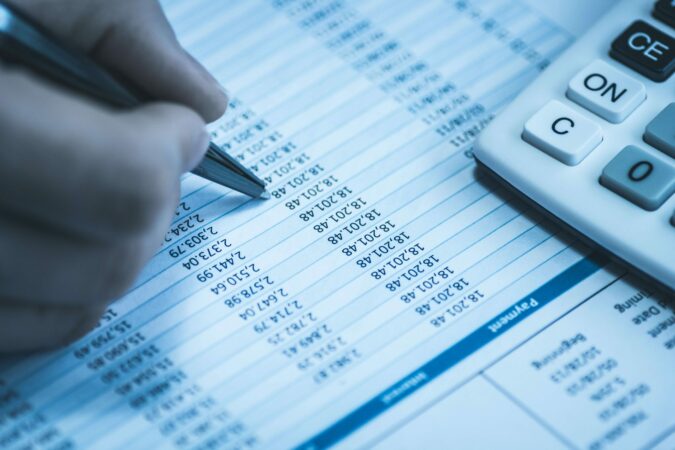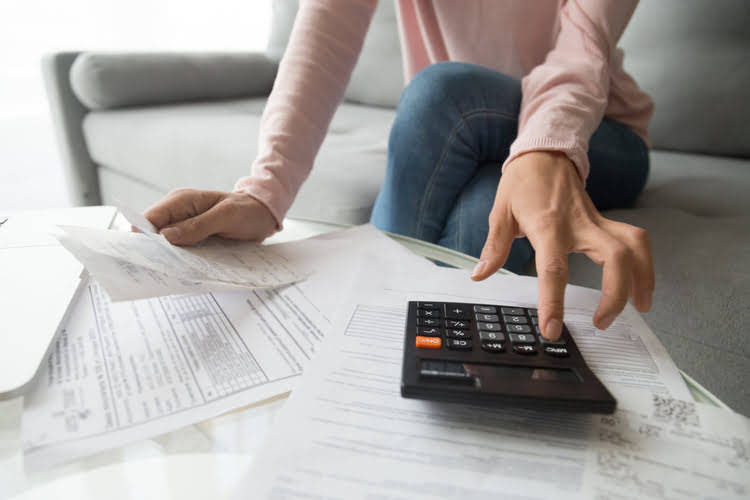
Proper management of these obligations is essential as it ensures that a company can continue operations, meet financial commitments, and ultimately achieve its long-term goals. The equation is generally written with liabilities appearing before owner’s equity because creditors usually have to be repaid before investors in a bankruptcy. In this sense, the liabilities are considered more current than the equity. This is consistent with financial reporting where current assets and liabilities are always reported before long-term assets and liabilities. Usually, any changes in the owner’s equity are a result of different business activities.
- (Note that, as above, the adjustment to the inventory and cost of sales figures may be made at the year-end through an adjustment to the closing stock but has been illustrated below for completeness).
- For instance, an internally developed intangible asset that is necessary for companies in technology, media, and other innovative sectors is not typically recorded.
- With contingent liabilities such as future legal claims, the situation gets more complicated as these are not easily reflected.
- The balance sheet is also known as the statement of financial position and it reflects the accounting equation.
- It’s vital for businesses to manage current liabilities effectively because they affect liquidity.
What are the Top 5 Accounts Payable Alternatives to Bill (formerly Bill.com)

As market conditions keep fluctuating, asset value also changes, but these changes are not reflected in the financial statements when historical cost is used. This disconnect can also result in investors or stakeholders the accounting equation is usually expressed as having an inaccurate understanding of the company’s true market value. The accounting equation forms the basic premise of all financial reporting in an organization.
Assets Always Equal Liabilities Plus Equity
These equations, entered in a business’s general ledger, will provide the material that eventually makes up the foundation of a business’s financial statements. This includes expense reports, cash flow and salary and company investments. After calculating the owner’s equity with the formula above, you should plug it into the accounting equation and make sure the equation balances. In other words, the ending owners’ equity from this equation should equal assets minus liabilities at the end of the year.
Double entry bookkeeping system

We will now consider an example with various transactions within a business to see how each has a dual aspect and to demonstrate the cumulative effect on the accounting equation. Capital essentially represents how much the owners have invested into the business along with any Bookkeeping for Veterinarians accumulated retained profits or losses. In the case of a limited liability company, capital would be referred to as ‘Equity’. This is how the accounting equation of Laura’s business looks like after incorporating the effects of all transactions at the end of month 1. In this example, we will see how this accounting equation will transform once we consider the effects of transactions from the first month of Laura’s business.
- This oversight becomes more important when analyzing a company’s health.
- Shaun Conrad is a Certified Public Accountant and CPA exam expert with a passion for teaching.
- From the accounting equation, we see that the amount of assets must equal the combined amount of liabilities plus owner’s (or stockholders’) equity.
- Often, a company may depreciate capital assets in 5–7 years, meaning that the assets will show on the books as less than their “real” value, or what they would be worth on the secondary market.
- That is, each entry made on the Debit side has a corresponding entry on the Credit side.
- Working capital indicates whether a company will have the amount of money needed to pay its bills and other obligations when due.
Single-entry vs. double-entry bookkeeping system
Maintaining this balance not only aids in compliance with legal standards but also fosters trust among stakeholders and investors. The revenue a company shareholder can claim after debts have been paid is Shareholder Equity. A liability, in its simplest terms, is an amount of money owed to another person or organization. Said a different way, liabilities are creditors’ claims on company assets because this is the amount of assets creditors would own if the company liquidated. Since the accounting equation depicts a mathematical equality, it also follows that all debits must always equal all credits.


Some may mistakenly believe that assets are solely comprised of cash and inventory, neglecting the wider range of resources that should be factored in. Consequently, this limited perspective may lead to inaccurate financial assessments and ineffective budgeting strategies. On the other hand, long-term liabilities are obligations that are due beyond one year. Common examples include mortgages, bonds payable, and long-term leases. These liabilities are often necessary for funding large capital expenditures, such as property or equipment, thus facilitating growth opportunities for businesses. The accounting equation’s left side represents everything a business has (assets), and the right side shows what a business owes to creditors and owners (liabilities and equity).
The accounting equation is the foundation of double-entry bookkeeping which is the bookkeeping method used by most businesses, regardless of their size, nature, or structure. This bookkeeping method assures that the balance sheet statement always equals in the end. In the field of accounting, assets are defined as economic resources that are expected to provide future benefits or utilities to an entity. These resources are often classified based on their liquidity and the time frame in which they are online bookkeeping expected to be converted into cash or consumed. The two primary categories of assets are current assets and non-current assets, both of which play a vital role in the accounting equation.